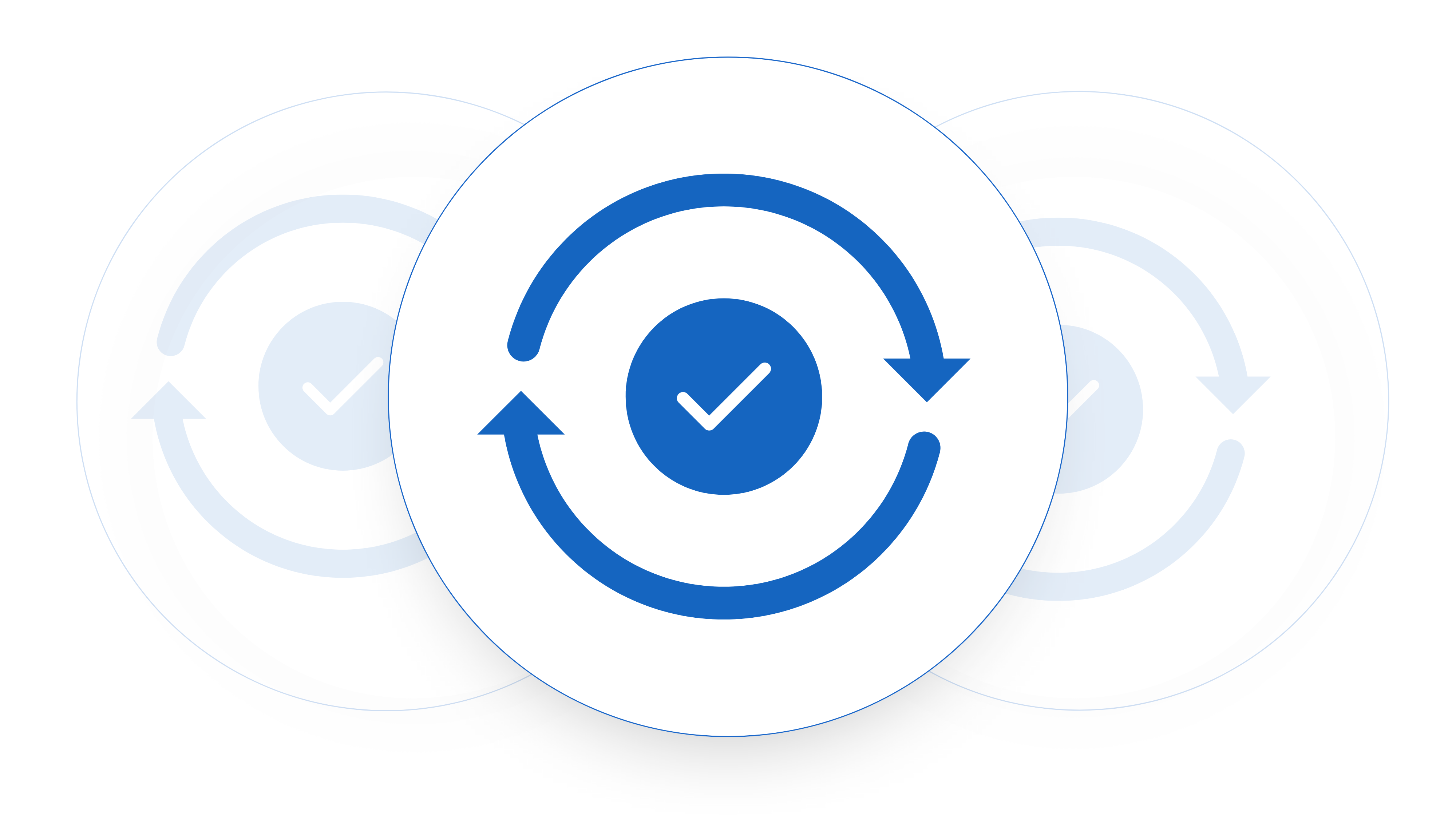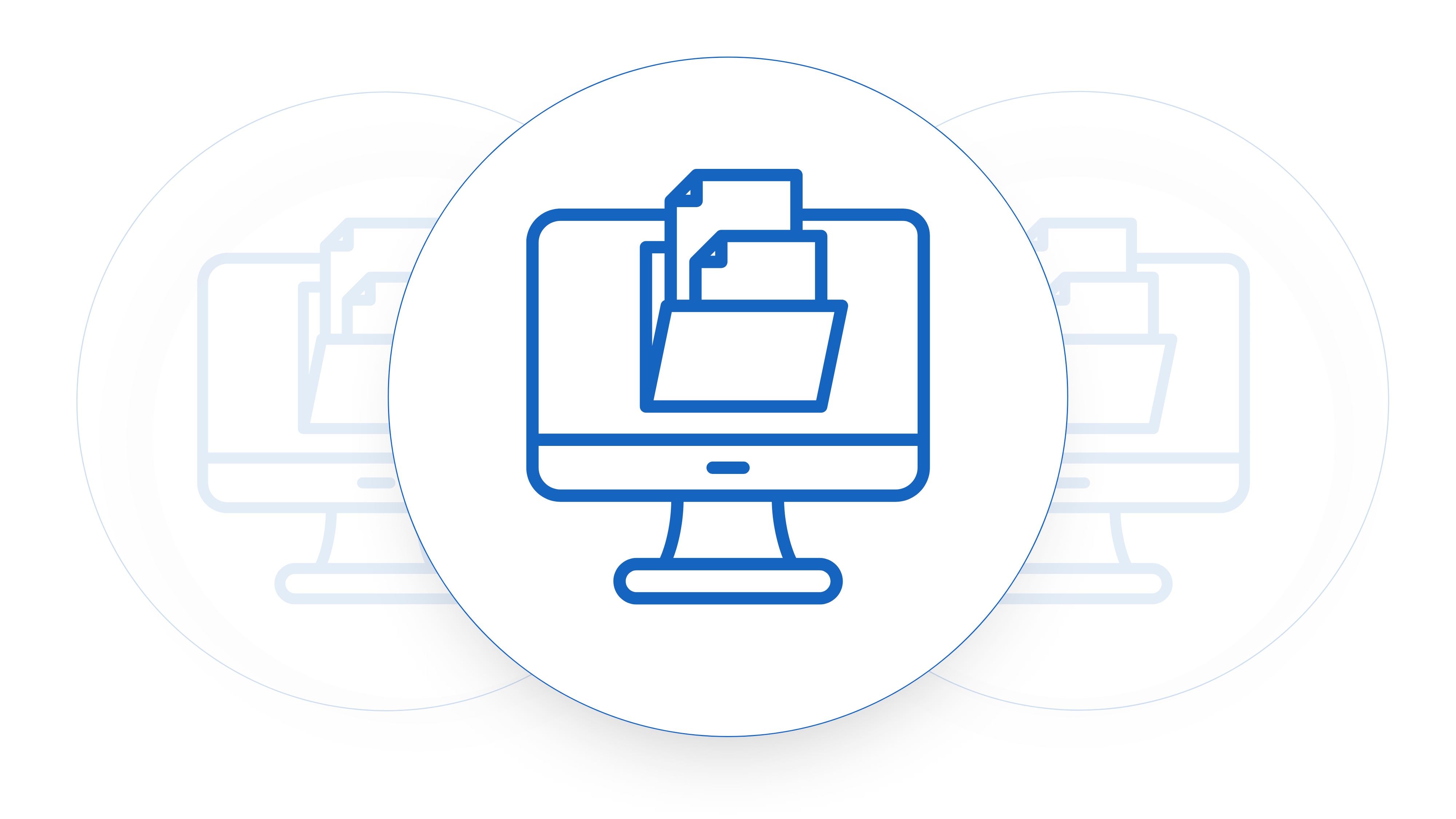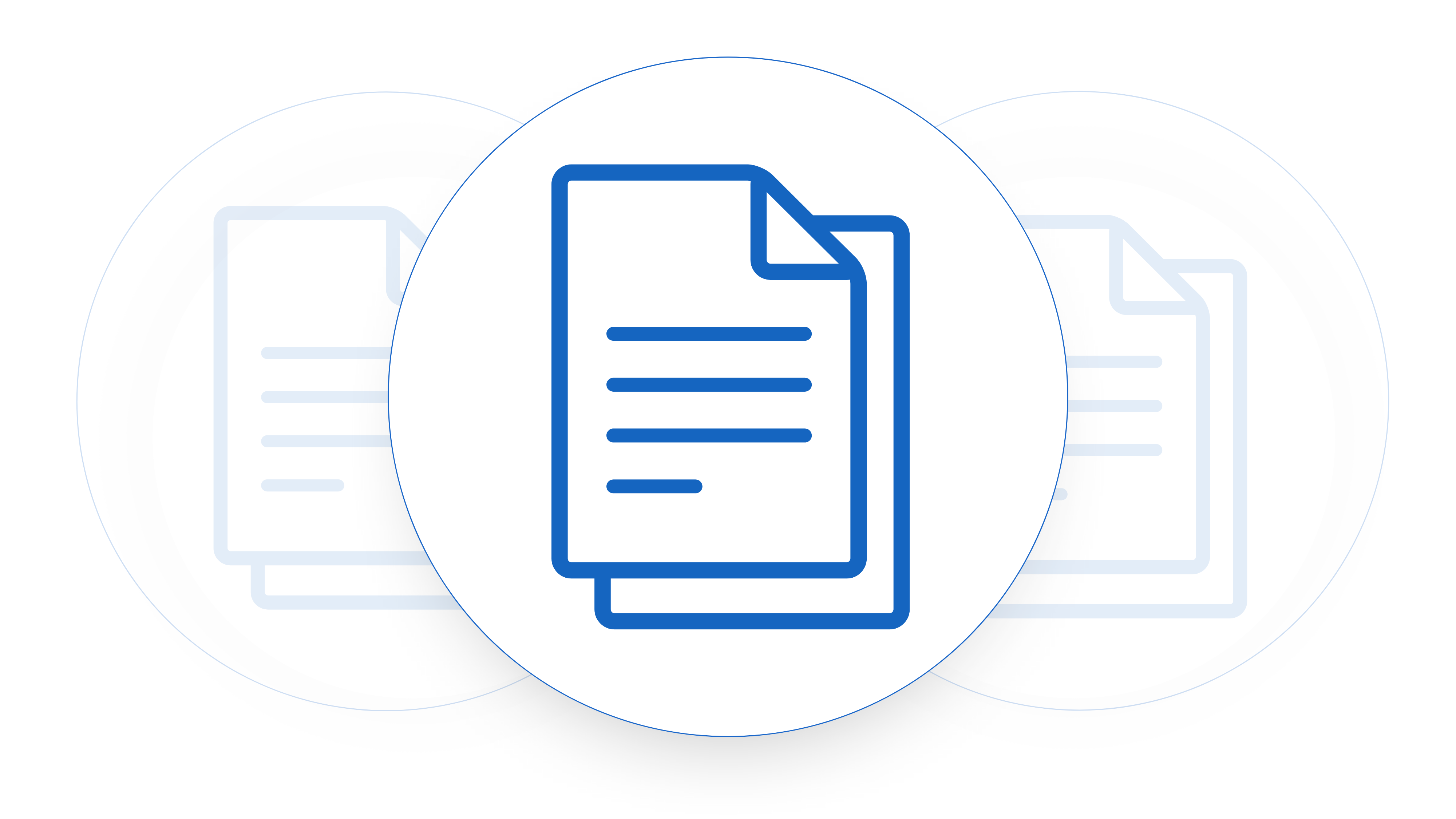A master service agreement or terms and conditions are the starting points for most companies. When they start using templates for contract management. While they provide a standard structure, you should tailor it to suit the specifics of your service. And the unique needs of your enterprise clients.
Every business is different and has different needs. But there are some core contract features that you should look. To have as a basis for all of your contract templates.
What should a contract template contain?
A well-crafted Master Service Agreement (MSA) serves as one of the most important pages of your sales contracting, specifically when dealing with enterprise customers. An MSA delineates the relationship between the SaaS provider and the client, outlining the rights, obligations, and procedures applicable to both parties. Here’s a breakdown of the key clauses that a SaaS MSA template should include to ensure a seamless transaction with enterprise customers.
1. Definition and Scope of Services:
- An MSA should kick off by defining the service to be provided, complete with any necessary specifics. This sets clear expectations and helps avoid future misunderstandings.
2. Service Levels and Service Level Agreement (SLA):
- The agreement should detail the standard of service that the provider commits to, including uptime, response time, and resolution times, as well as any penalties for not meeting these standards.
3. Pricing and Payment Terms:
- An MSA needs to clearly outline the pricing structure, payment terms, and conditions, including any provisions for late payments or price revisions. You can carve out the details of this into an SOW or work order, but payment terms, at least, are usually in the MSA.
4. Data Protection and Privacy:
- Data security is a significant concern for most, if not all, enterprise customers. Your template MSA should outline how your company will store, process, and protect customer data, ensuring compliance with relevant data protection laws and regulations.
5. Intellectual Property Rights:
- The agreement should clearly state who owns what in terms of IP. Usually, the customer will retain the rights to their data, and the provider will retain the rights to their software.
6. Confidentiality:
- Given the sensitive data often involved in SaaS arrangements, confidentiality clauses are vital. This section should outline the parties’ obligations to protect any confidential information exchanged.
7. Limitation of Liability:
- An important clause for SaaS startups to protect themselves is the limitation of liability clause. This sets a cap on the amount a company can be held liable for in case of service failures or other issues.
8. Indemnification:
- This clause outlines the circumstances under which one party agrees to compensate the other for any harm, liability, or loss arising from the agreement. This is crucial in SaaS contracts to manage legal risks.
9. Term and Termination:
- The agreement should specify the term of the contract, the renewal process, and the grounds and procedures for termination by either party.
10. Dispute Resolution:
- It’s prudent to include a dispute resolution clause specifying the procedures and jurisdiction for resolving any conflicts that might arise.
11. Force Majeure:
- This clause frees both parties from liability in the event of unforeseen circumstances beyond their control, such as natural disasters or pandemics, which prevent them from fulfilling the contract.
Additionally, even though templates can make the contract drafting process more efficient, they don’t replace the need for professional legal advice. It’s vital to engage legal professionals in the process of crafting and reviewing your MSA to ensure that it sufficiently protects your interests and is compliant with all relevant laws and regulations.
An effective MSA template lays a robust foundation for building successful relationships with enterprise customers. By incorporating the above-mentioned clauses, startups and scale ups can effectively manage potential risks while ensuring a clear understanding of the terms of the engagement with their clients.
What are the benefits of using templates for contract management
For any company that is looking to scale up their sales volumes one critical aspect of this scaling is the effective scaling up of contract management. Here, using contract templates proves to be an advantageous approach. Let’s have a chat about the benefits of employing templates for contract management, specifically in relation to sales contracts for SaaS companies.
1. Streamlined Processes and Efficiency
A primary advantage of using templates for contract management lies in the increased operational efficiency. By offering a standardized layout for each agreement, SaaS businesses save considerable time otherwise spent on drafting from scratch. It also reduces the possibility of errors or omissions in contracts, ensuring that every vital clause is duly incorporated.
2. Consistency and Compliance
Templates ensure consistency across all your contracts. This uniformity not only aids in the easier tracking and understanding of contracts but also helps in maintaining brand coherence. Furthermore, using a well-drafted template ensures legal compliance, an aspect of paramount importance in the complex regulatory landscape of the SaaS industry.
3. Risk Mitigation
A robust contract serves as the primary defense against potential disputes. By utilizing templates, SaaS companies can reduce legal risks significantly. Standard templates are typically designed to encompass all critical legal provisions, reducing the chance of contentious oversights. It helps SaaS providers safeguard their interests by ensuring that crucial elements, such as intellectual property protection, data security, and service level agreements, are systematically covered.
Redline What Matters
Raise Changes For Approval To Turnaround Contracts Faster
4. Customization and Scalability
While contract templates provide a standardized layout, they aren’t rigid. They offer a framework that can be customized to suit individual deals, allowing room for flexibility and negotiation. As the business grows, so do the intricacies of the contracts. A template-based approach can be scaled and updated to accommodate changes in services, market conditions, or regulatory environment, supporting the evolving needs of a SaaS company.
5. Cost-Effectiveness
Finally, the use of contract templates is a cost-effective strategy. The reduction in time spent drafting contracts directly translates to lower labor costs. Furthermore, by minimizing legal risks, templates can save SaaS providers from costly litigations. Considering the lean financial structures common in SaaS startups, contract templates provide a viable solution to manage contracts effectively without overstretching resources.
However, it’s important to remember that a template doesn’t replace the need for legal counsel. It should be developed with the help of legal professionals and updated as per the changing legal landscape and business requirements.
In conclusion, utilizing contract templates for sales agreements is an approach that SaaS companies should earnestly consider. The methodical use of templates offers multiple benefits ranging from operational efficiency and legal compliance to risk mitigation and cost-effectiveness. As the SaaS sector continues to grow stronger and self more into enterprise customers, embracing such practical tools for SaaS contract management will equip businesses to navigate the complexities of their contractual landscape with greater ease and precision.











